Barcelona, Spain, has a rich history of urban development that spans over 2,000 years. The city’s evolution can be divided into several key periods, each contributing to its unique character and layout.
- Roman Barcelona (1st century BC – 5th century AD): Barcelona was originally founded as a Roman colony called “Barcino” in the 1st century BC. It was a walled city with a grid plan, typical of Roman urban design. Many remnants of this period, including parts of the city walls and a temple dedicated to Emperor Augustus, can still be seen in the Barri Gòtic (Gothic Quarter).
- Medieval Barcelona (5th century – 15th century): After the fall of the Roman Empire, Barcelona went through a period of decline. The Visigoths and later the Moors ruled the city. In the 9th century, Barcelona was recaptured by the Carolingians, and it began to grow in importance. The Gothic Quarter, with its narrow streets and medieval buildings, developed during this period.
- Expansion and Modernization (late 15th century – 18th century): During the late Middle Ages and the Renaissance, Barcelona underwent significant expansion. The city’s walls were expanded to accommodate the growing population. This period also saw the construction of several iconic landmarks, including the Barcelona Cathedral, the Royal Shipyards (Drassanes Reials), and the Palau de la Generalitat.
- 19th Century and the Eixample District: The 19th century brought major changes to Barcelona’s urban landscape. The city walls were torn down in the mid-19th century, allowing for expansion beyond the old town. The “Eixample” district, designed by the urban planner Ildefons Cerdà, introduced a grid layout with wide, tree-lined avenues, chamfered street corners, and the distinctive “Manzana de la Discordia,” a block of buildings featuring different architectural styles. This era marked the beginning of Barcelona’s modernization.
- Catalan Modernism (late 19th century – early 20th century): The late 19th and early 20th centuries saw the emergence of the Catalan Modernisme movement, which is akin to Art Nouveau. Architects like Antoni Gaudí and Lluís Domènech i Montaner left a lasting mark on the city with their unique and ornate buildings. Iconic landmarks like the Sagrada Família, Casa Batlló, and Palau de la Música Catalana are prime examples of this architectural style.
- 20th Century and Urban Renewal: Barcelona experienced significant changes in the 20th century, including the 1929 International Exposition and the 1992 Summer Olympics. These events prompted urban renewal projects, such as the construction of Montjuïc Park and the Olympic Village. The city also made improvements to its infrastructure and public spaces during this period.
- Contemporary Urban Development: In recent decades, Barcelona has continued to evolve, with a focus on sustainable and innovative urban planning. The city has invested in public transportation, green spaces, and waterfront redevelopment projects, transforming areas like the Barceloneta beachfront and the Port Vell. Barcelona’s urban development has emphasized a mix of modernity while preserving its historical and cultural heritage.
Throughout its history, Barcelona’s urban development has been marked by a blend of architectural styles, from Roman and Gothic to Modernisme and contemporary designs. This rich history has contributed to the city’s unique character and made it a vibrant and culturally significant metropolis.

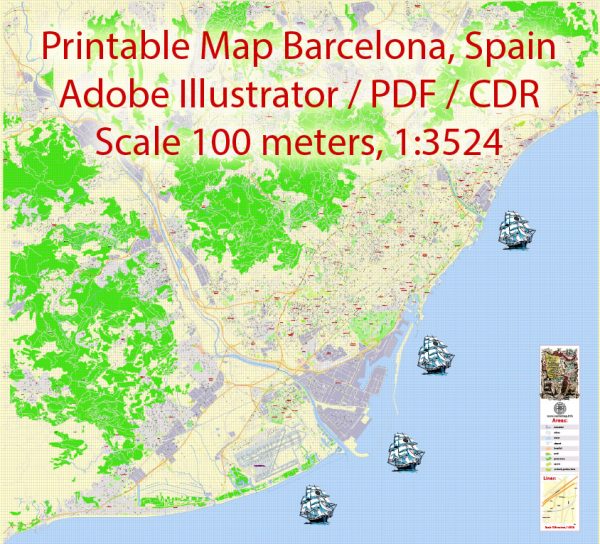
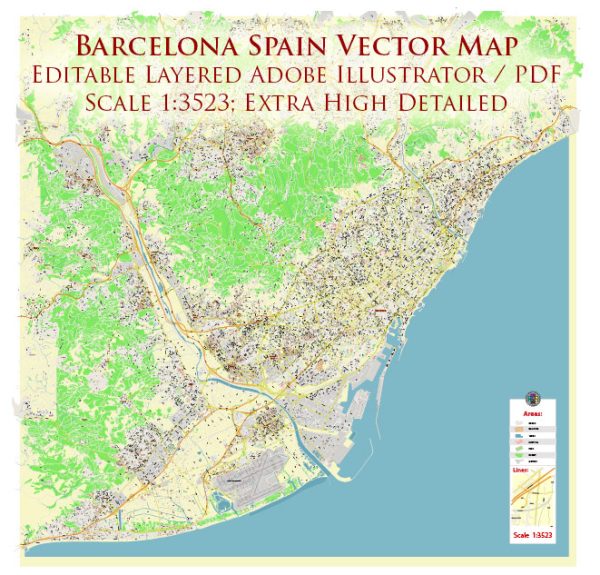
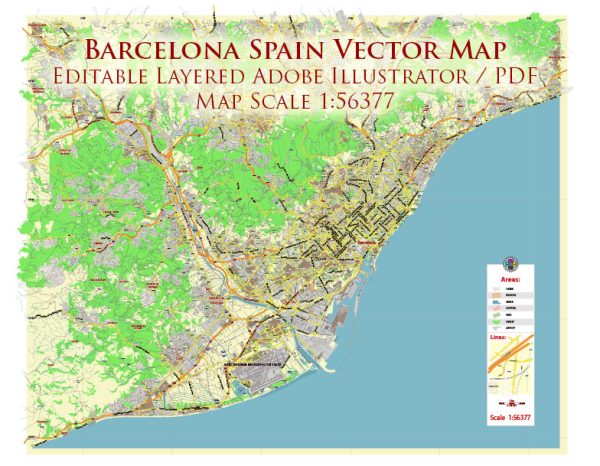
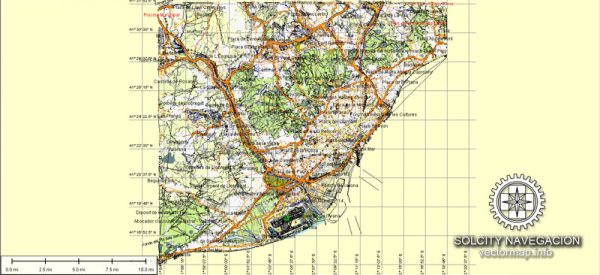
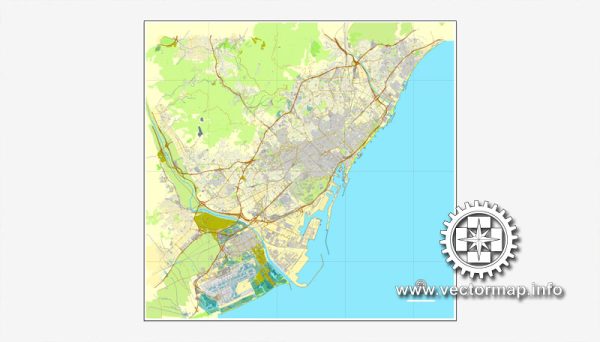
 Author: Kirill Shrayber, Ph.D.
Author: Kirill Shrayber, Ph.D.